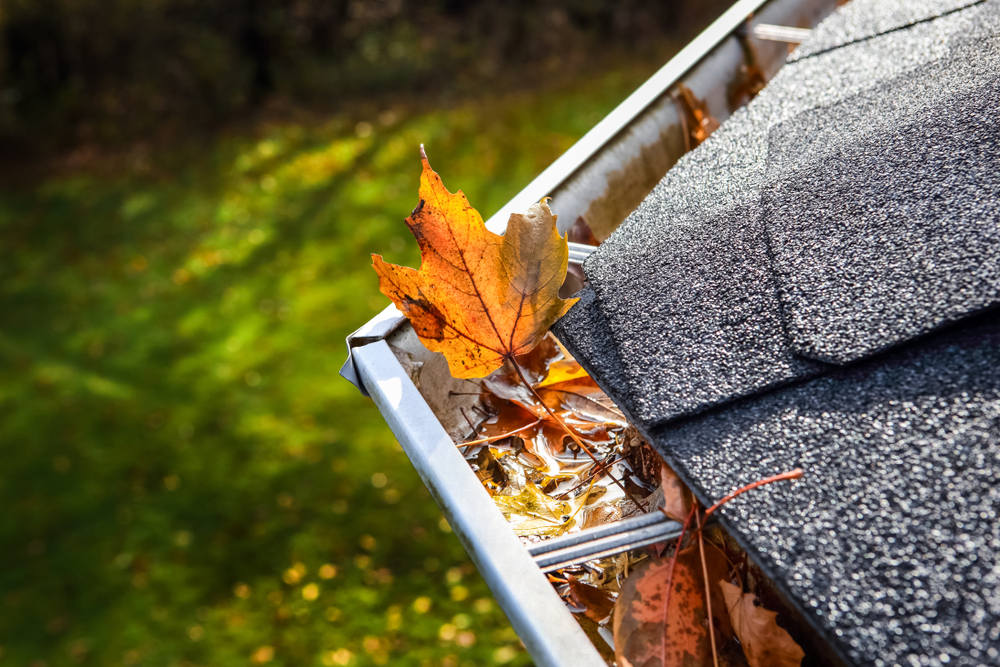Your roof is your home’s first line of defense against the elements, yet it’s often the most overlooked part of home maintenance. In Los Angeles, where intense sun, occasional heavy rains, and seasonal winds take a toll, neglecting your roof can lead to costly repairs and premature replacement. A well-maintained roof not only protects your home but also improves energy efficiency and boosts property value.
The good news? Routine upkeep doesn’t have to be complicated. With a few strategic inspections and preventive measures, you can extend your roof’s lifespan and avoid unexpected expenses. Whether you’re a new homeowner or looking to preserve an aging roof, these expert maintenance tips will help you keep your home safe and secure year-round.
Why Roof Maintenance Matters
Many homeowners don’t think about their roof until there’s a problem—but by then, the damage is often extensive and expensive to fix. Regular maintenance is essential to catching small issues before they turn into costly repairs or even premature roof replacement.
A well-maintained roof offers several benefits:
Protects Home Value – A damaged or neglected roof can decrease property value and curb appeal.
Prevents Costly Repairs – Minor issues like cracked shingles or clogged gutters can escalate into major leaks and structural damage if left unchecked.
Extends Roof Lifespan – Routine upkeep can add years to your roof, delaying the need for a costly replacement.
Improves Energy Efficiency – A properly sealed and ventilated roof helps regulate indoor temperatures, reducing energy costs.
Seasonal Roof Maintenance Checklist
Los Angeles’ climate presents unique challenges for homeowners. While the city is known for its sunshine, seasonal changes—from intense summer heat to occasional winter storms—can take a toll on your roof. Sticking to a seasonal maintenance routine ensures your roof stays in top condition year-round.
Spring & Summer (Prepare for heat and dry conditions)
- Inspect for cracked, curling, or missing shingles.
- Check for signs of sun damage, such as faded or brittle roofing materials.
- Clean gutters to prevent debris buildup.
- Look for any loose flashing around vents and chimneys.
Fall (Prevent debris-related issues and prepare for rain)
- Clear leaves and branches from gutters and downspouts to avoid water backup.
- Trim overhanging tree branches to prevent damage during windstorms.
- Inspect roof valleys and drainage areas for proper water flow.
Winter (Protect against leaks and moisture buildup)
- Check the attic for any signs of leaks, moisture, or poor ventilation.
- Look for pooling water or soft spots on flat roofs.
- Inspect flashing and sealants for cracks that could let water seep in after rain.
Common Roofing Issues in LA & How to Prevent Them
Los Angeles homeowners face unique roofing challenges due to the region’s intense sun, occasional heavy rain, and seasonal winds. Understanding the most common issues can help you take proactive steps to protect your roof.
1. Sun & Heat Damage
- Choose heat-resistant roofing materials like cool roof coatings or reflective shingles.
- Schedule periodic inspections to identify brittle or curling shingles before they fail.
2. Clogged Gutters
- Clean gutters at least twice a year, especially in the fall.
- Install gutter guards to minimize debris buildup.
3. Leaks & Moisture Intrusion
- Inspect your attic for signs of water stains or mold.
- Ensure flashing around vents, chimneys, and skylights is properly sealed.
- Address minor leaks immediately before they worsen.
4. Pest Infestations
- Seal any gaps or entry points in your roof.
- Keep tree branches trimmed away from the roof to limit access points.
- Schedule professional pest inspections if you notice droppings or unusual noises.
DIY Roof Maintenance vs. Professional Inspections
Some aspects of roof maintenance can be handled by homeowners, but certain issues require the expertise of a professional. Knowing what you can safely do yourself and when to call a roofer can prevent costly mistakes and ensure your roof remains in top condition.
DIY Tasks: What Homeowners Can Handle
- Regular debris removal – Clear leaves, branches, and dirt to prevent moisture buildup.
- Gutter cleaning – Keep gutters and downspouts free of blockages to prevent water damage.
- Visual inspections – Look for missing, cracked, or curling shingles, especially after storms.
- Checking attic ventilation – Ensure proper airflow to prevent mold and heat-related damage.
When to Call a Professional
- Annual inspections – A trained roofer can identify hidden issues before they become major problems.
- Leak detection and repairs – If you see water stains, mold, or sagging ceilings, a professional assessment is necessary.
- Post-storm damage assessments – Even minor wind or rain events can loosen shingles or damage flashing.
- Structural concerns – Sagging, rotting, or uneven areas indicate serious structural issues requiring expert repairs.
Conclusion
Your roof is one of the most important investments in your home, and regular maintenance is the key to protecting it. By staying proactive with seasonal inspections, addressing minor issues before they escalate, and knowing when to call a professional, you can extend your roof’s lifespan and avoid costly repairs.
A well-maintained roof not only shields your home from the elements but also improves energy efficiency and preserves property value. Whether you handle basic upkeep yourself or hire a trusted roofing contractor, consistent care will ensure your roof remains strong and reliable for years to come.
